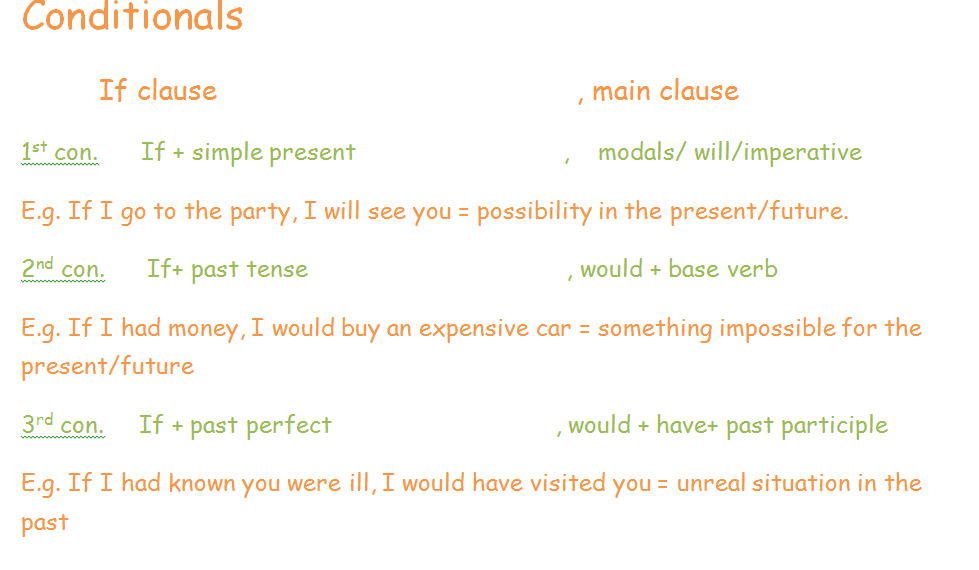Induction Week
I started working at Sheffield University on the pre sessional English for Academic Purposes course last Monday, and time has flown without me realising it. There were no lessons this week. This week was all about teacher training and getting informed about how the English Language Center runs their EAP course. It actually got me thinking about how important training sessions are and how useful these induction weeks are. So, my take on inductions in general and this week's induction in particular.
One Week of EAP input
I started working at Sheffield University on the pre sessional English for Academic Purposes course last Monday, and time has flown without me realising it. There were no lessons this week. This week was all about teacher training and getting informed about how the English Language Center runs their EAP course. It actually got me thinking about how important training sessions are and how useful these induction weeks are. So, my take on inductions in general and this week's induction in particular.
One Week of EAP input
Having taught English for academic purposes before and having attended 3 different EAP induction trainings, I strongly believe that a week long induction is necessary. Inductions that are shorter are not enough because the information can be so overwhelming that it is impossible for things to sink in in less than a week!
What goes on during the induction?
Well, you learn about lots of things during induction week. You learn about teaching techniques, you become familiar with what you will be teaching, you look at the materials thoroughly, you get Q & A sessions, you attend various workshops with an EAP focus, you learn about the campus, different technologies, assessment criteria and lots more.
And anything else?
There is also the social aspect. You meet the people you are going to be closely working with. You meet your director of studies before the teaching begins (before you start bombarding the poor lad with myriads of questions about how to do this or that! Notice how I am already using lad?!?!). Meeting the people you are going to be working with in a more relaxed setting is great because no one is stressed. Your conversations are not just about who taught what and when, students and so on. There is a lot of teacher talk going on, but it is the good kind (teachers talking to other teachers about.....other stuff : P).
What I particularly liked about this EAP induction.
The English Language Center of Sheffield University divided the teachers in two groups. there was a group for teachers who had taught EAP before, and a group for those new to the EAPsphere.
So?
Well, instead of being introduced to EAP related issues or reviewing things I already knew, I got a chance to be a bit more reflective and shared my experience with other tutors who had EAP experience. It was actually a bit like a swap shop/ a think tank.
Anything else I like about induction week?
As a teacher who lives abroad, I also got a chance to acclimatise myself a bit better before getting into a classroom.
Icing on the cake?
One of the teacher trainers was Jennifer Spencer, one of the authors of EAP Essentials.
So, this was a good week. I learnt a lot and enjoyed it even more. Am I stressed? Yeap. A bit. But it is productive stress. The good one.
Till next time...........







